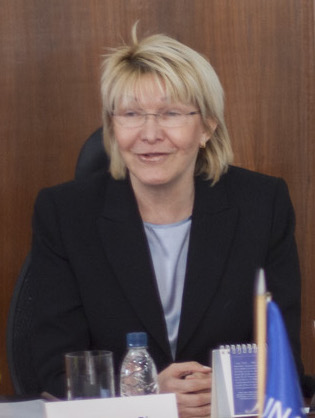World history is ugly, but it is real and American history is no different. Learning about it and how it affects life today is a must, yet politics and special interest is interfering to the demise of culture and future generations.
Do you wonder why we still have CommonCore and actually what the Department of Education is doing? So do I. Take a look at the congressional committee title with education legislative responsibilities:
Committee on Education and the Workforce
No wonder there is limited education choice….
When math in public schools is being twisted in teaching methodology for social justice:
Initiative 3: Equity and Social Justice in Mathematics Education The Equity and Social Justice in Mathematics Education Initiative was established to promote, develop and support a just, equitable, and sustainable system of mathematics education that serves each and every child.
Why is this happening? Beyond political correctness and special interests, education systems are making judgments without parental input. Then local government officials take matters into the legislative realm.
A 2014 report by the National Assessment of Educational Progress showed that an abysmal 18 percent of American high school kids were proficient in US history. When colleges such as Stanford decline to require Western Civilization classes or high schools propose changing their curriculum so that history is taught only from 1877 onward (this happened in North Carolina), it’s merely a blip in our news cycle.
A 2012 story in Perspectives on History magazine by University of North Carolina professor Bruce VanSledright found that 88 percent of elementary school teachers considered teaching history a low priority.
Los Angeles votes to rename Columbus Day ‘Indigenous Peoples’ Day’
The Los Angeles city council on Wednesday voted to rename Columbus Day “Indigenous Peoples’ Day.”
Over the years, many Native Americans groups and activists have decried the holiday as celebrating genocide, prompting numerous cities throughout the U.S. to change its name and emphasis. Columbus Day is celebrated nationally on the second Monday of October.
In Los Angeles, Italian-American groups voiced their opposition to changing the holiday, saying it would erase part of their heritage, the Los Angeles Times reported. Christopher Columbus was Italian.
South Dakota, as well as cities like Seattle, Albuquerque, and Denver, have already replaced the holiday with Indigenous Peoples’ Day.
The vote comes as New York has faced pressure to remove statues of Columbus in the wake of Charlottesville and the removal of Civil War statues. A beheaded statue of Columbus was found in Yonkers, N.Y., on Wednesday.
***
MEMPHIS, Tenn. — “Gone With the Wind” will be gone from The Orpheum’s summer movie series, the theater’s board said Friday.
The Orpheum Theatre Group decided not to include the 1939 movie about a plantation in the Civil War-era South in its 2018 Summer Movie Series after feedback from patrons following the last screening Aug. 11.
“As an organization whose stated mission is to ‘entertain, educate and enlighten the communities it serves’, the Orpheum cannot show a film that is insensitive to a large segment of its local population,” the theater’s operators said in a statement.
Memphis’ population is about 64 percent African-American.
The historic theater in Downtown Memphis has shown the movie for decades, but this year’s event “generated numerous comments,” leading to the decision.
“While title selections for the series are typically made in the spring of each year, the Orpheum has made this determination early in response to specific inquiries from patrons,” the Orpheum group said.
The theater’s 2018 movie series will be announced in the spring and will contain classic films and more recent blockbusters.







 Luisa Ortega
Luisa Ortega 